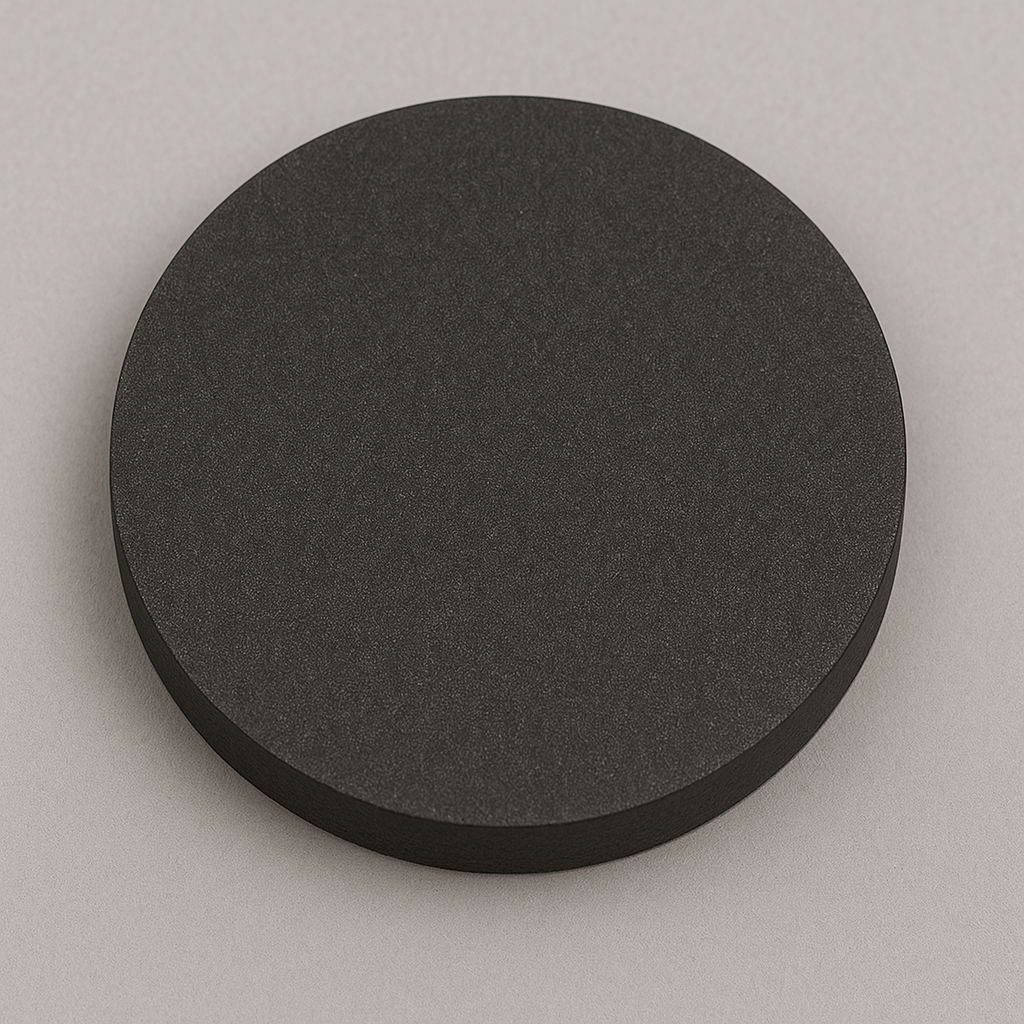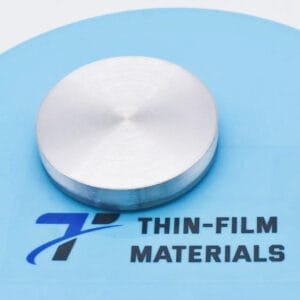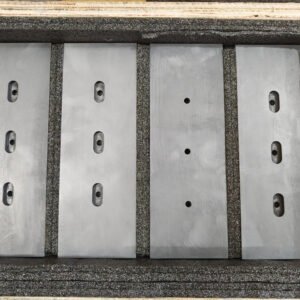Tantalum Hafnium Carbide Sputtering Target (Ta₄HfC₅)
Introduction
The Tantalum Hafnium Carbide (Ta₄HfC₅) Sputtering Target is a highly advanced ceramic material engineered for thin film deposition in extreme environments. Known for possessing one of the highest melting points among all known materials, Ta₄HfC₅ offers exceptional thermal resistance, mechanical strength, and chemical stability. These properties make it indispensable in high-performance coatings for aerospace, energy, and semiconductor applications.
Detailed Description
Tantalum Hafnium Carbide belongs to the family of ultra-high temperature ceramics (UHTCs). With its remarkable melting point (above 3900 °C), it is often utilized where conventional ceramics and carbides cannot withstand. When fabricated into sputtering targets, Ta₄HfC₅ is hot-pressed or sintered to achieve high density, ensuring uniform thin film deposition and reduced particle contamination.
Key Features:
Extreme thermal stability – maintains integrity under plasma and high-power sputtering.
Ultra-high hardness – forms protective films with excellent wear resistance.
Chemical inertness – resists oxidation and corrosion in demanding conditions.
Uniform film formation – high density minimizes defects and improves adhesion.
Applications
The Ta₄HfC₅ sputtering target is used in:
Semiconductor devices – diffusion barriers, advanced transistor structures.
Optical coatings – hard protective films for lenses and sensors.
Aerospace engineering – protective coatings for turbine blades and high-speed components.
Energy systems – coatings for nuclear, fusion, and thermal barrier applications.
Research & Development – experimental superhard materials and ultra-high temperature coatings.
Technical Parameters
| Parameter | Typical Value / Range | Importance |
|---|---|---|
| Purity | 99.5% – 99.9% | Reduces impurities in deposited films |
| Density | ≥ 95% theoretical | Improves uniformity and minimizes porosity |
| Diameter | 25 – 300 mm (custom) | Compatible with different sputtering systems |
| Thickness | 3 – 10 mm | Influences deposition stability and lifetime |
| Backing Plate | Copper / Molybdenum | Enhances cooling and structural support |
Comparison with Related Materials
| Material | Key Advantage | Typical Application |
|---|---|---|
| Tantalum Hafnium Carbide (Ta₄HfC₅) | Extreme melting point, high thermal stability | Aerospace & ultra-high temp coatings |
| Hafnium Carbide (HfC) | High hardness and oxidation resistance | Cutting tools, aerospace |
| Tantalum Carbide (TaC) | Excellent wear resistance | Industrial and protective films |
| Zirconium Carbide (ZrC) | Good thermal conductivity | Structural ceramics |
FAQ
| Question | Answer |
|---|---|
| Can Ta₄HfC₅ targets be customized? | Yes, purity, size, bonding, and composition can be tailored. |
| What is the bonding option? | Commonly copper or molybdenum plates to improve heat transfer. |
| How is it packaged? | Vacuum-sealed, foam-cushioned, and shipped in export-safe crates. |
| Is it suitable for high-temperature applications? | Yes, it is specifically designed for ultra-high temperature coatings. |
| Which industries use it most? | Aerospace, semiconductor, energy, and advanced materials R&D. |
Packaging
Each Tantalum Hafnium Carbide Sputtering Target is vacuum-packed, labeled for traceability, and carefully cushioned to avoid damage during transit. Wooden or reinforced cartons are used for secure international shipping.
Conclusion
The Ta₄HfC₅ sputtering target is an advanced material solution for researchers and industries that demand coatings with unmatched hardness, thermal stability, and chemical resistance. Its superior properties make it ideal for next-generation thin film applications.
For more details and quotations, please contact us at [sales@thinfilmmaterials.com].





Reviews
There are no reviews yet.